2024 - Evaluation of restored agricultural land by indicator species in the context of war
The war often forces Ukrainian farmers to leave their land plots due to either active hostilities, mining or destroyed infrastructure and logistics. This project, supported by the Embassy of the Kingdom of the Netherlands, contributed to better understanding of what processes occur on abandoned agricultural land over the time in regard to nature and biodiversity.
Війна часто змушує українських фермерів залишати свої поля через активні бойові дії, замінування або зруйновану інфраструктуру та логістику. Цей проект, підтриманий Посольством Королівства Нідерландів, сприятиме кращому розумінню того, які природні процеси відбуваються на покинутих сільськогосподарських землях з часом з огляду на біорізноманіття.

|
Nataliia Pashkevych and Volodymyr Gorobchyshyn - project team by Safe Confinement of Chornobyl Nuclear Power Station. June 2024. Photo: Denys Vyshnevskyi |
Наталія Пашкевич та Володимир Горобчишин, наукова команда проекту, біля Безпечного конфайнменту Чорнобильської АЕС. Червень 2024. Фото: Денис Вишневський |
The project "Evaluation of restored agricultural land by indicator species in the context of war" / Проект «Оцінка відновлених сільськогосподарських угідь за видами-індикаторами під впливом війни»
|
With the support of the Embassy of the Kingdom of the Netherlands, a survey of old fellow lands of the exclusion zone was conducted, In the past, those lands were agricultural fields and households' vegetable gardens, within the Chernobyl Radiation and Ecological Biosphere Reserve, which have not been used after the Chernobyl accident in 1986. |
За підтримки Посольства Королівства Нідерландів було проведено обстеження староорних перелогів зони відчуження, які в минулому були сільськогосподарськими полями та городами, у межах Чорнобильського радіаційно-екологічного біосферного заповідника, що не використовувалися після аварії на ЧАЕС у 1986 році. |
|
The territory of the Chornobyl radiation-ecological biosphere reserve is a region that represents a vivid example of the destruction of the objects of and subsequent natural changes, when, as a result of catastrophic events, economic activity almost completely ceased in large areas. Military actions in large areas of Ukraine are likely to lead to changes in the settlement in the future and the emergence of new abandoned ones as well as industrial and agricultural facilities. With the weakening or stopping of anthropogenic impact, corresponding changes will occur in the species composition and other structural parameters of plant and animal communities. From these positions, studies of changes in biodiversity in the territory of the Chernobyl Reserve, as a model object, are undoubtedly important for predicting similar processes in other regions and conditions. The aim of the project was the initial survey of the fallow lands of the Chernobyl Radiation and Ecological Biosphere Reserve in order to understand changes in agricultural lands in the absence of anthropogenic impact for a significant period of time. |
Територія Чорнобильського заповідника представляє собою регіон, який є яскравим прикладом руйнування об'єктів людської діяльності та природних змін, коли внаслідок катастрофічних подій на значних територіях майже повністю припинилася господарська діяльність. Військові дії на великих територіях України, ймовірно, призведуть у майбутньому до змін у розселенні людей та появи нових покинутих населених пунктів, промислових та сільськогосподарських об’єктів. З ослабленням або припиненням антропогенного впливу відбудуться відповідні зміни у видовому складі та інших структурних параметрах рослинних та тваринних угруповань. З цих позицій, дослідження змін у біорізноманітті на території Чорнобильського заповідника, як модельного об’єкта, безперечно важливі для прогнозування подібних процесів у інших регіонах і умовах. Метою проекту було первинне обстеження перелогів Чорнобильського радіаційно-екологічного біосферного заповіднику для розуміння змін на сільськогосподарських угіддях в умовах відсутності антропогенного впливу протягом значного часу. |
|
Four field expeditions were conducted in 2024. During these expeditions:
|
Проведено чотири польові експедиції d 2024 році, під час яких було:
|
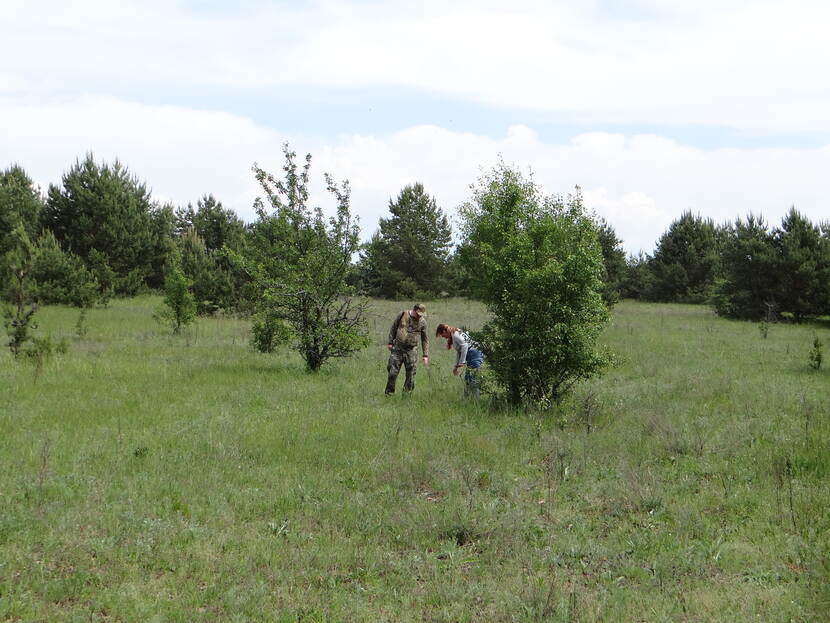
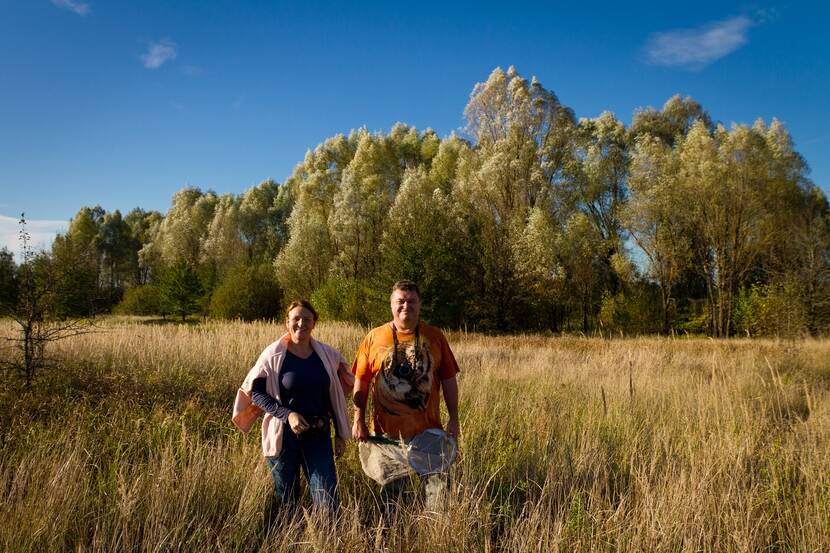
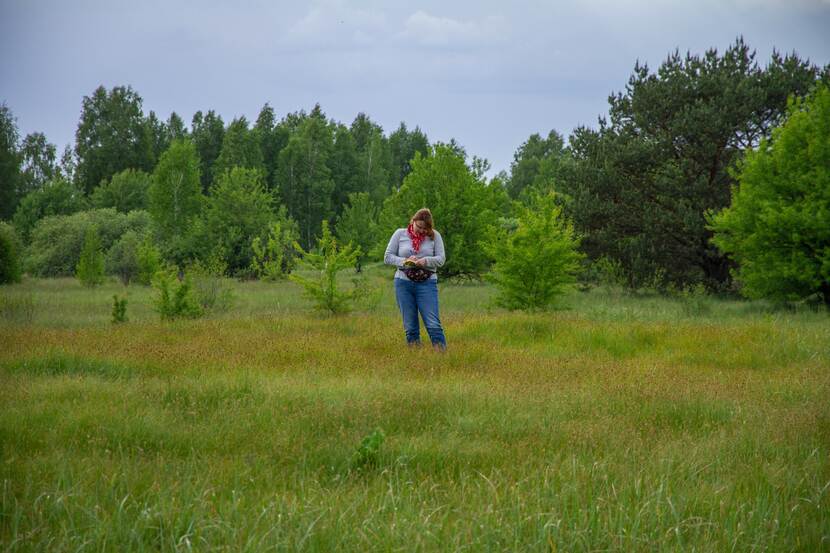

|
With the help of members of the public organization "Ukrainian Nature Conservation Group" Anna Kuzemko and Igor Kuzemko, a biodiversity study was conducted at the fields using the "biodiversity plot" method to understand the directions of changes that have occurred and are occurring on the studied fallows. |
За допомогою членів громадської організації "Ukrainian Nature Conservation Group" Анни Куземко та Ігоря Куземко на полігонах було проведено дослідження біорізноманіття методом "biodiversity plot" для розуміння напрямків змін які відбулися і відбуваються на досліджених перелогах. |
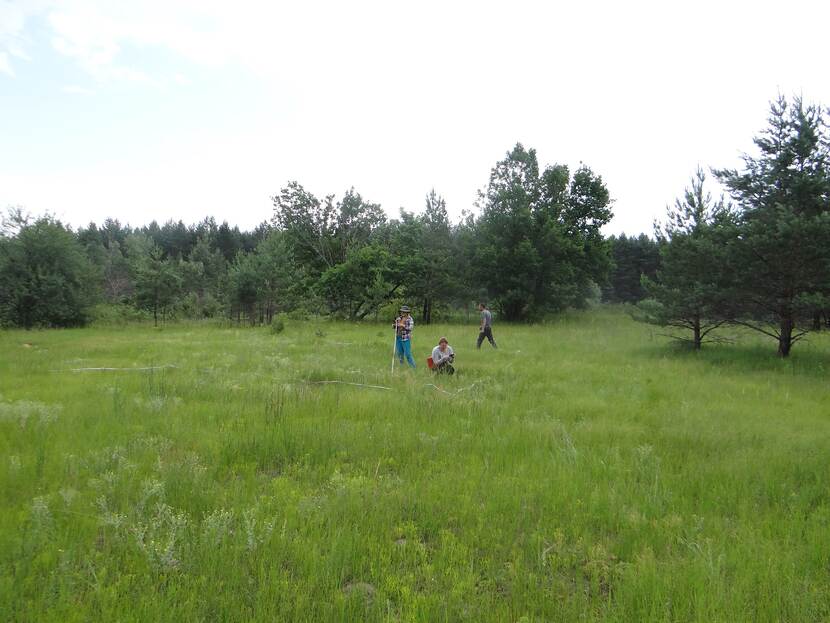
| Some interesting and rare animals and plants were noted on the fallows: | На перелогах були відмічені деякі цікаві та рідкісні тварини та рослини |
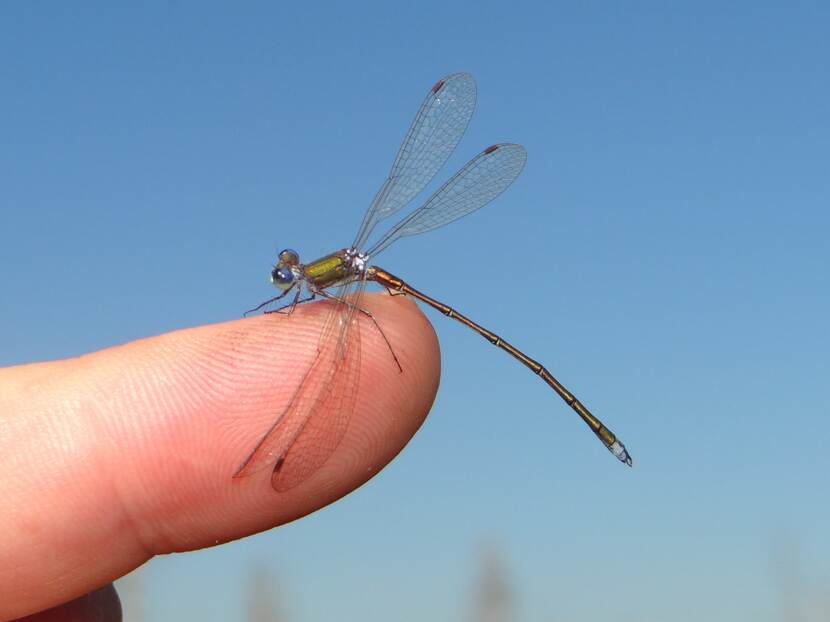
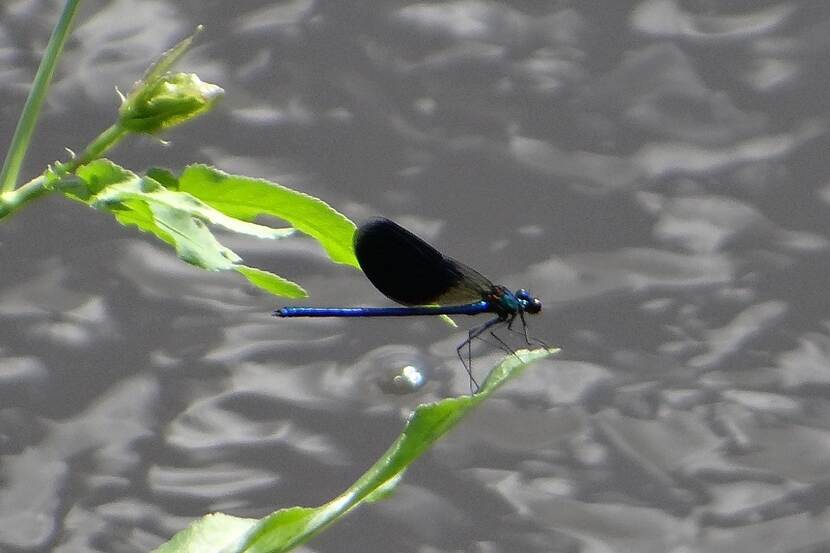
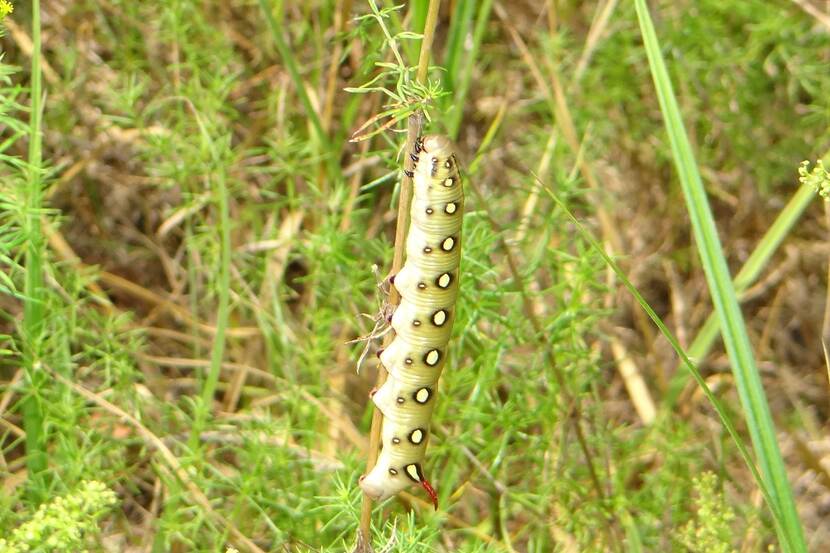
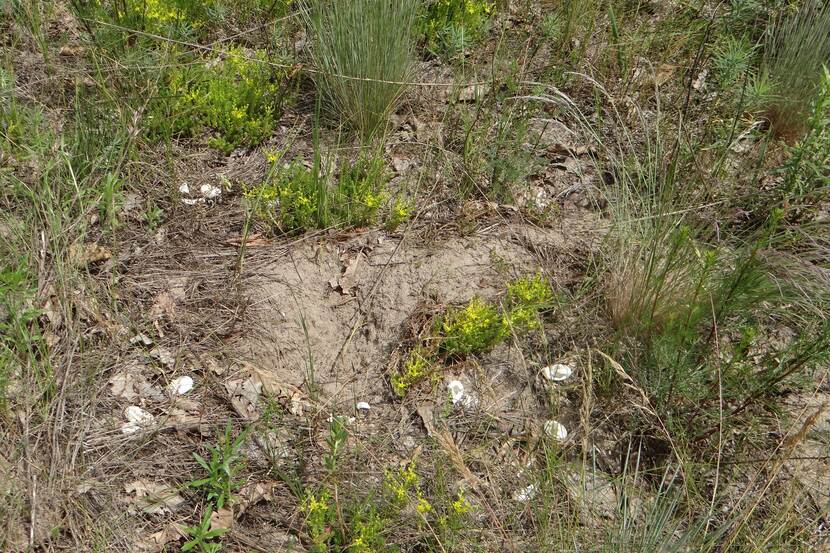


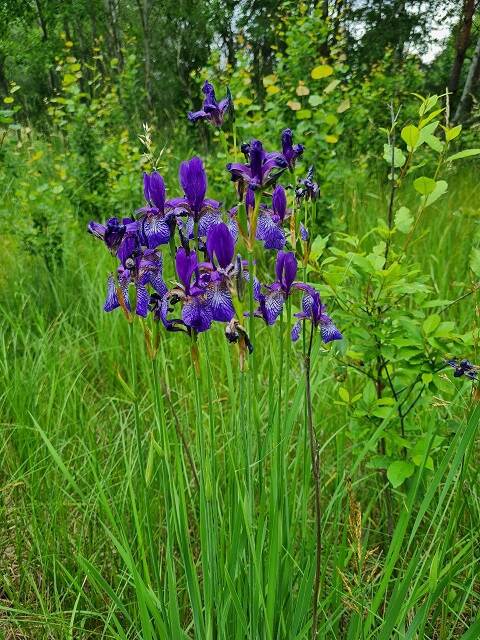
| In one of the studied areas on the fallows, the constant presence of Przewalski's horses, a subspecies of the wild horse, was noted. | На одній з досліджених ділянок на перелогах відмічена постійна присутність коней Пржевальського, підвиду дикого коня. |
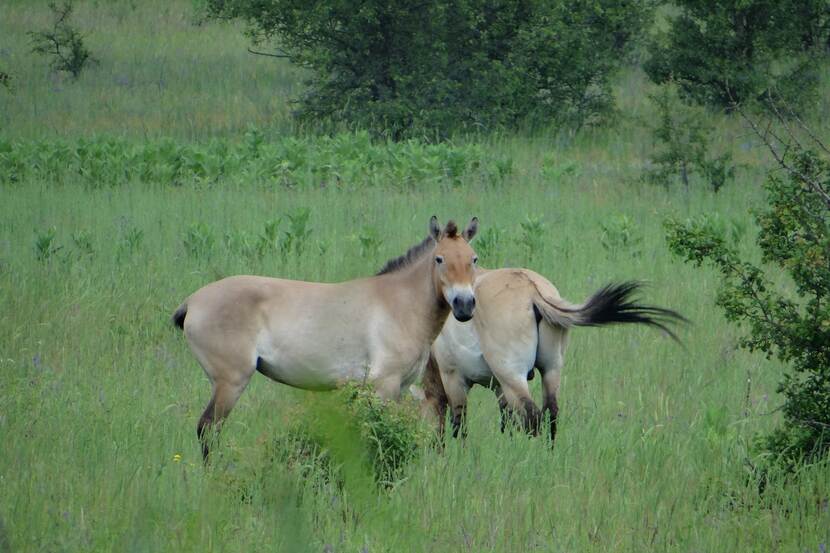
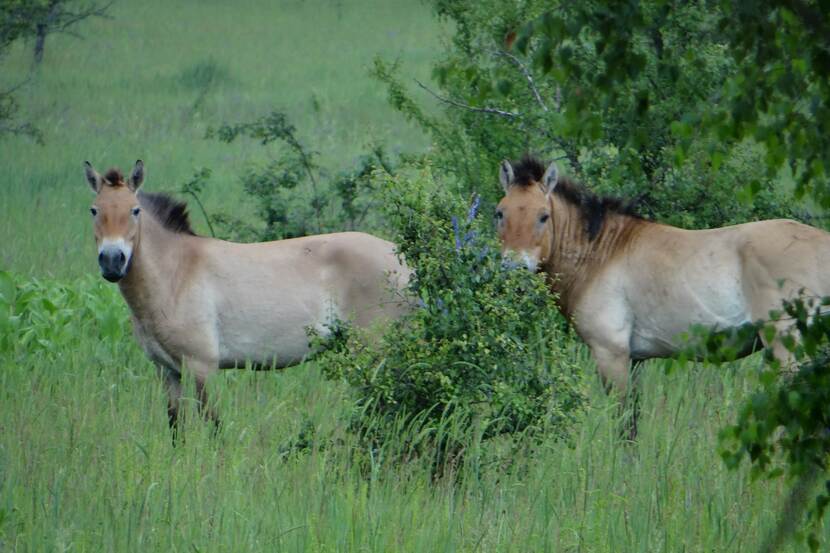
| In July, the distribution of the broad-leaved helleborine orchid (Epipactis helleborine) was mapped on the territory of a former football field in the abandoned city of Pripyat. | У липні на території колишнього футбольного поля в покинутому м. Прип'ять було відкартовано поширення орхідеї broad-leaved helleborine (Epipactis helleborine). |

| During the last expedition we met several snakes on asphalt roads in the autumn sun. | Під час останньої експедиції на асфальтних дорогах зустріли кілька змій, які грілися під осіннім сонцем. |


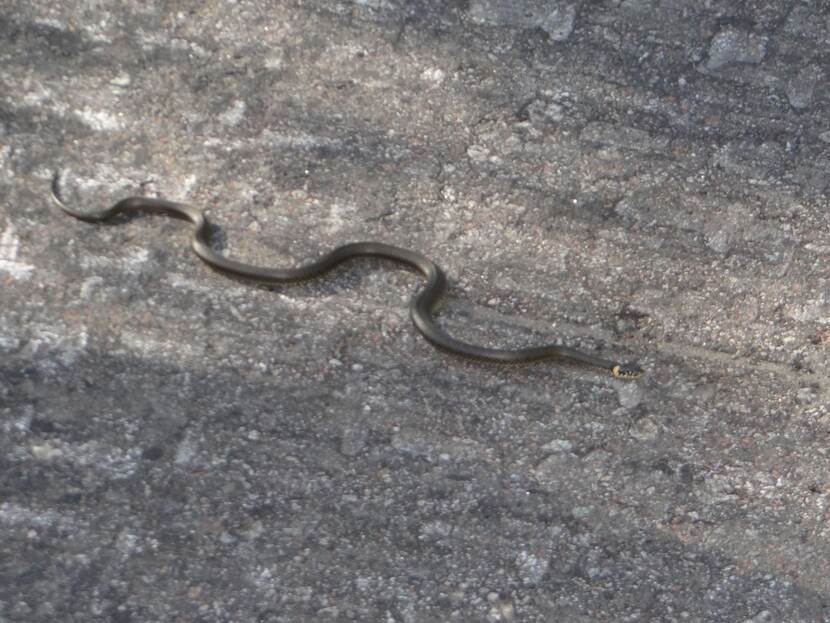
| With the help of the reserve staff, the invasive plant species were mapped. | За допомогою співробітників заповідника провели картування інвазійних видів рослин. |
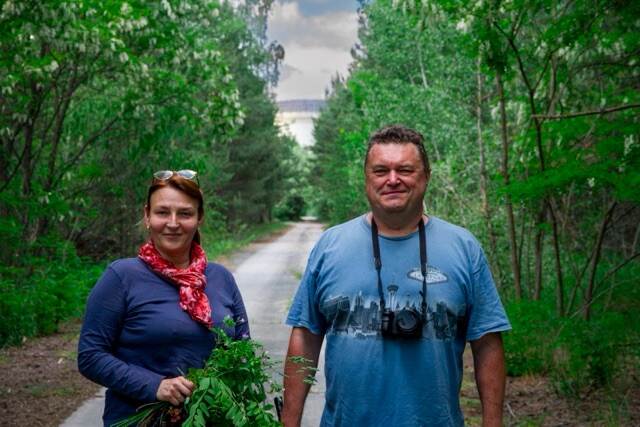
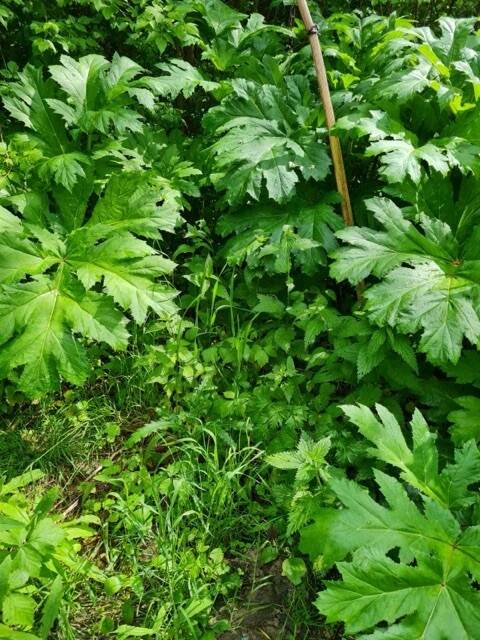
| It was expected that after twenty - thirty years, the abandoned agricultural lands would turn into quasi-natural formations: grassy cenoses or tree-shrub thickets, depending on the landscape and soil conditions. However, in reality, most of the fallow lands remained open grass cenoses, and only a small part was overgrown. In addition, a low biodiversity of pollinating insects was noted this year, | Очікувалося, що за двадцять-тридцять років закинуті сільськогосподарські землі перетворяться на квазі-природні утворення: трав’янисті ценози чи деревно-чагарникові зарості залежно від ландшафтних та ґрунтових умов. Проте, в реальності більшість перелогів залишилась відкритими трав’яними ценозами, а заросла лише незначна частина. Крім того, у цьому році відмічено низьке біорізноманіття комах запилювачів. |
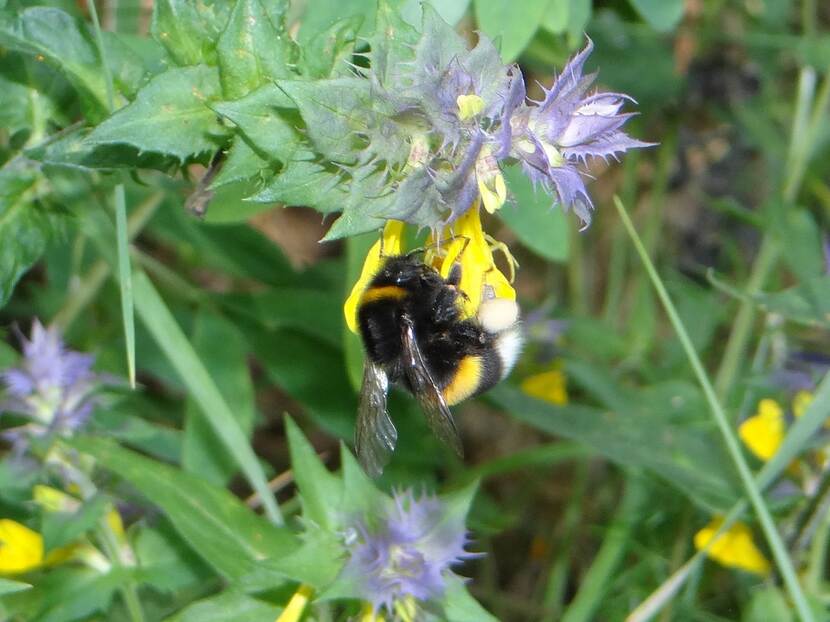
| One scientific article has been bublished and 1 more is being prepared for publication. |
За результатами проекту опублікована одна наукова стаття та готується наступна. |
Pashkevich N.A.; Gorobchyshyn V.A.; Kuzemko I.V.; Vyshnevsky D.A.; Khodosovtsev O.Ye.; Rabyk I.V.; Shapoval V.V.; Kuzemko A.A. (2024) Monitoring plots of grassland vegetation on the territory of the Chornobyl radiation and ecological biosphere reserve. Biosphere Reserve "Askania Nova" Reports, (26), 151-179. https://doi.org/10.53904/1682-2374/2024-26/11
More materials on this topic
Ukraine: the life after nuclear disaster | Nieuwsbericht | Agroberichten Buitenland
Back to nature, wild cows in exclusion zone in Ukraine | Nieuwsbericht | Agroberichten Buitenland
Chornobyl 35 later. Reclaimed by nature | Nieuwsbericht | Agroberichten Buitenland